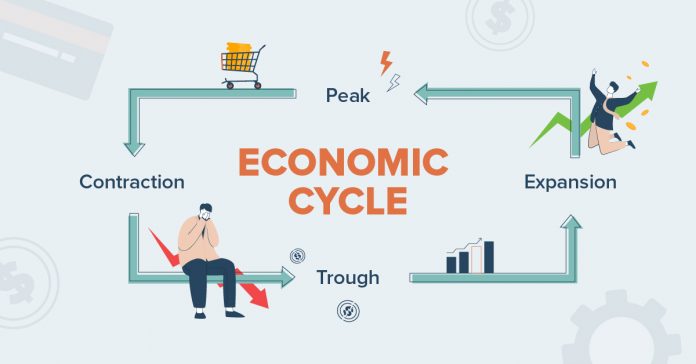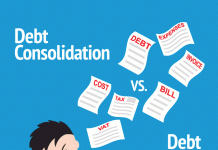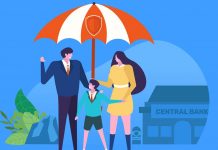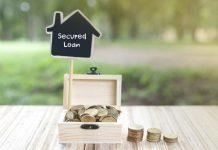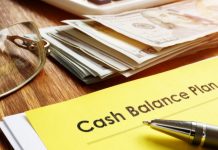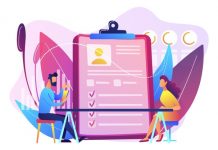The economy goes through a cyclical pattern known as the economic cycle, which is broken up into four distinct stages.
Economics, according to dictionary.com, is “the science that deals with the production, distribution, and consumption of goods and services, or the material welfare of humankind.” Basically, economics is the study of global business and welfare.
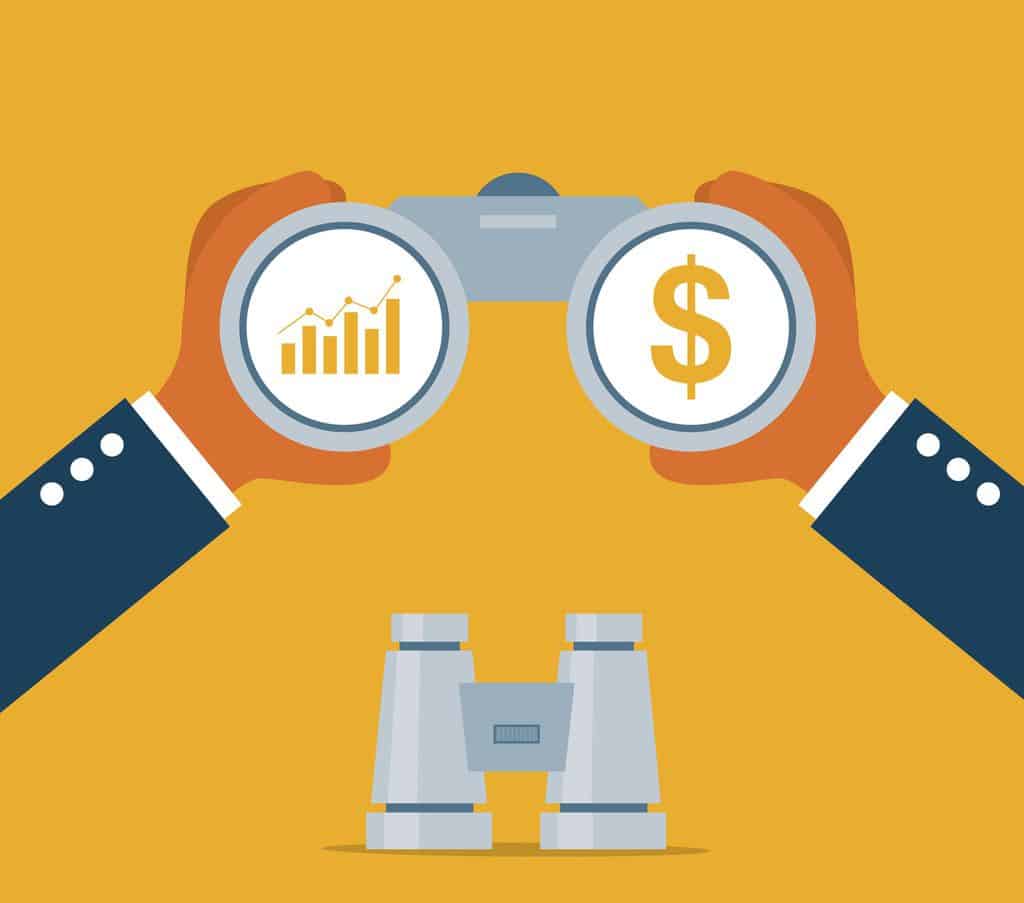
The economy of the world and of individual countries follows a repeating cycle, called the economic cycle, which contains four distinct stages.
Economic Growth
Economic growth occurs when the GDP (Gross National Product) output is high, growing at a rate of above 2.5% each year. Consumption of goods is rising, the unemployment rate will go down and wages will go out because there is more money to be had. Because of higher wages and employment, there will be a higher demand for goods and services, and imports will also be increasing.
Additionally, the government will be making more revenue from taxes, and businesses will have higher profits and more investments.
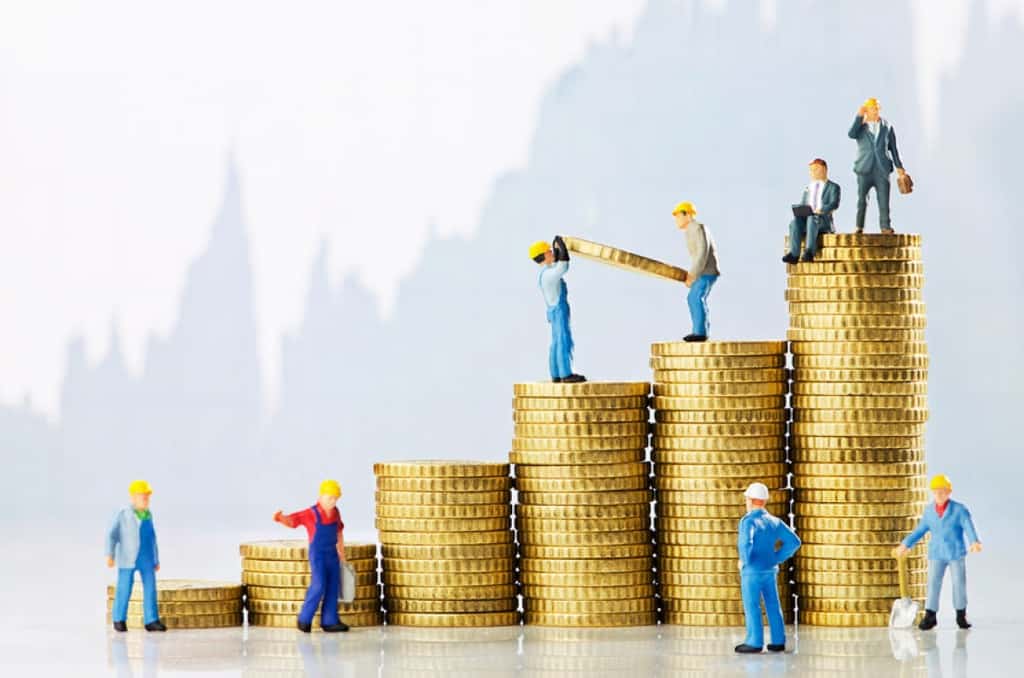
Economic Slowdown
An economic slowdown is when the GDP is still growing, but at a much slower rate. This usually occurs before a recession, though a recession is not always imminent. If a country’s GDP continues to grow at a slow rate, it is known as a “soft landing”, which a country’s banks will usually try to engineer by raising interest rates.
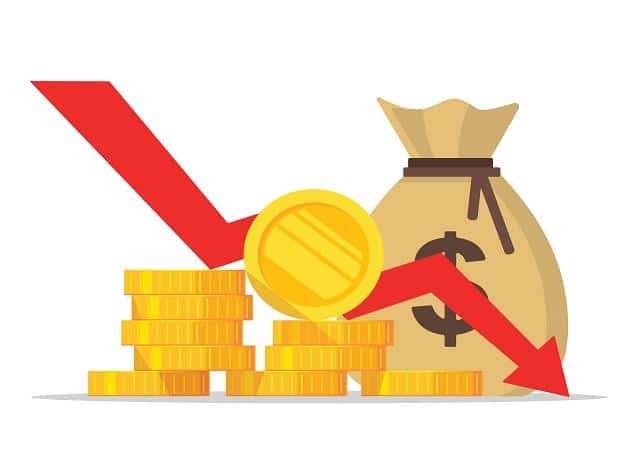
Economic Recession
An economic recession refers to when the GDP has negative growth, or is shrinking. The lowest point of the recession, when the GDP is at its lowest, is called the trough and is the point at which the economy starts to recover. In an economic recession, unemployment rates will rise and wages will fall, and stores and businesses will have large sales and discounts on their goods and services.
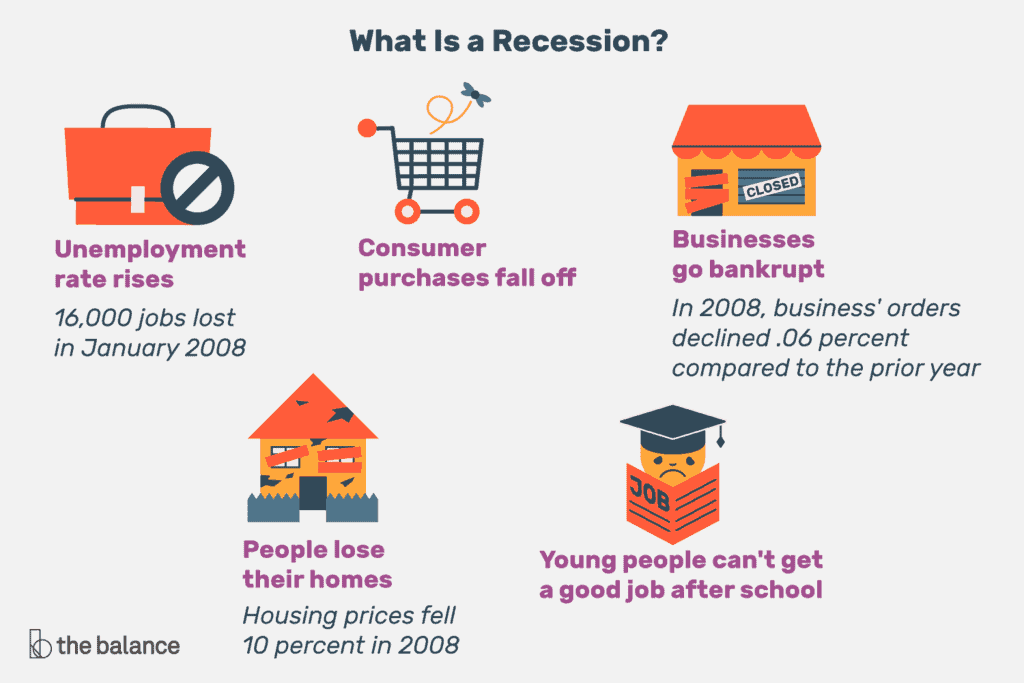
Investments will decrease, both in value and quantity, and interest rates will drop so that people will borrow more money, increasing consumption and boosting the economy into recovery.
Economic Recovery
Once the GDP hits the trough, or the lowest point of the recession, it will begin to grow again. The rate of growth of a recovery differs, depending on the rate at which producers build up their investments and how quickly the consumers’ demand for goods rises. Recovery will merge into growth once the GDP starts growing at a rate faster than 2.5%
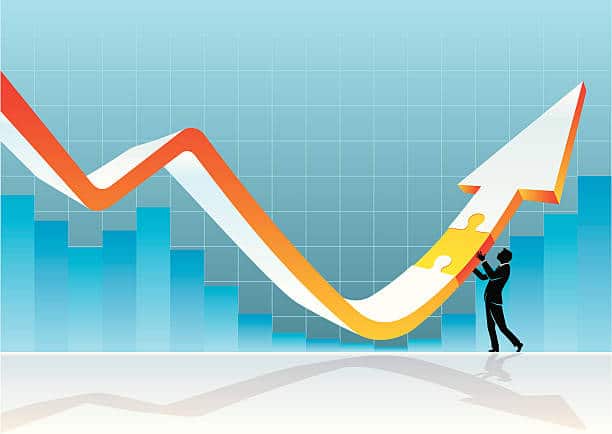
These are the four stages in which the economy goes through in a cyclical pattern. Hopefully, this can teach you how to understand economics, and the economic cycle, a little more easily.


